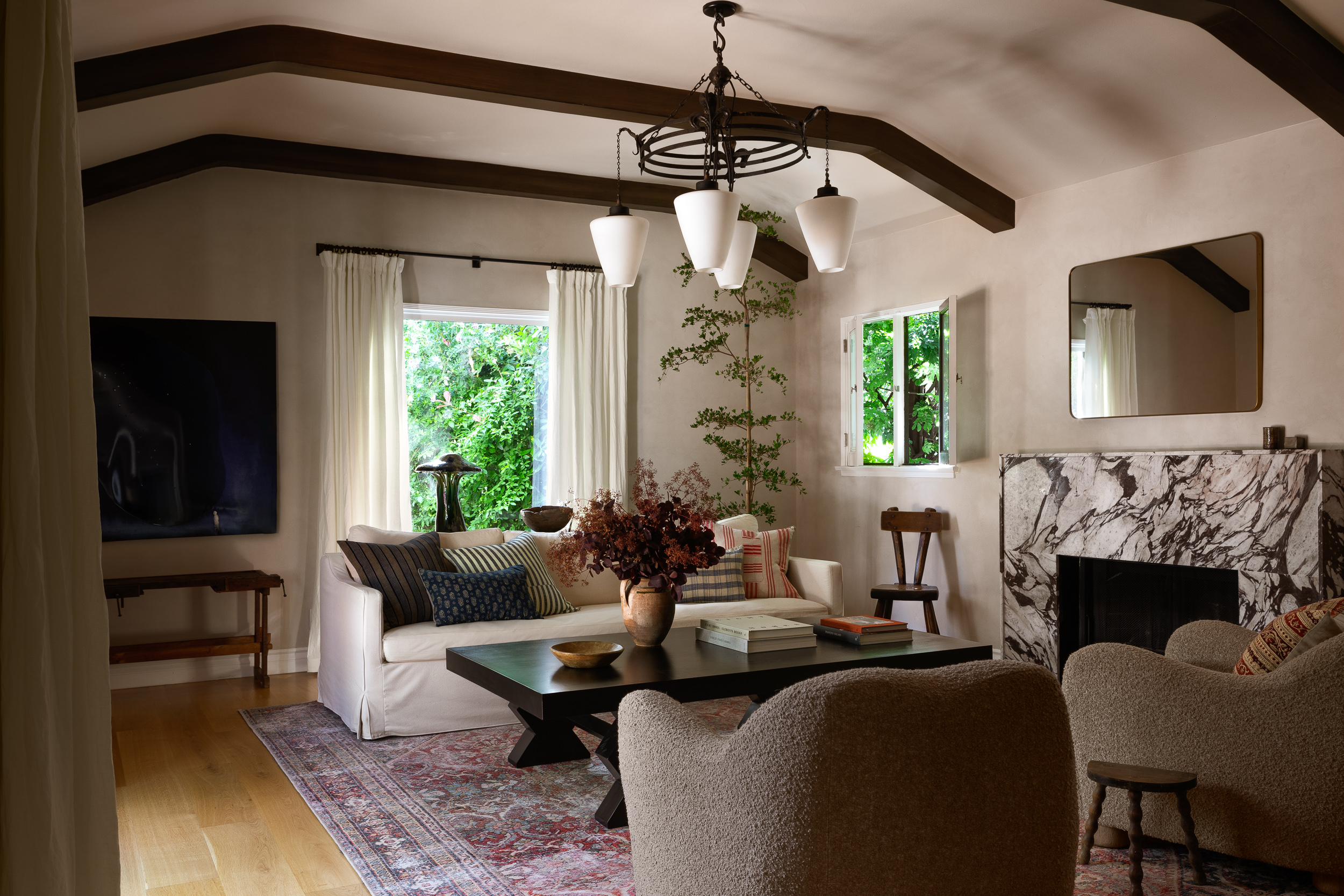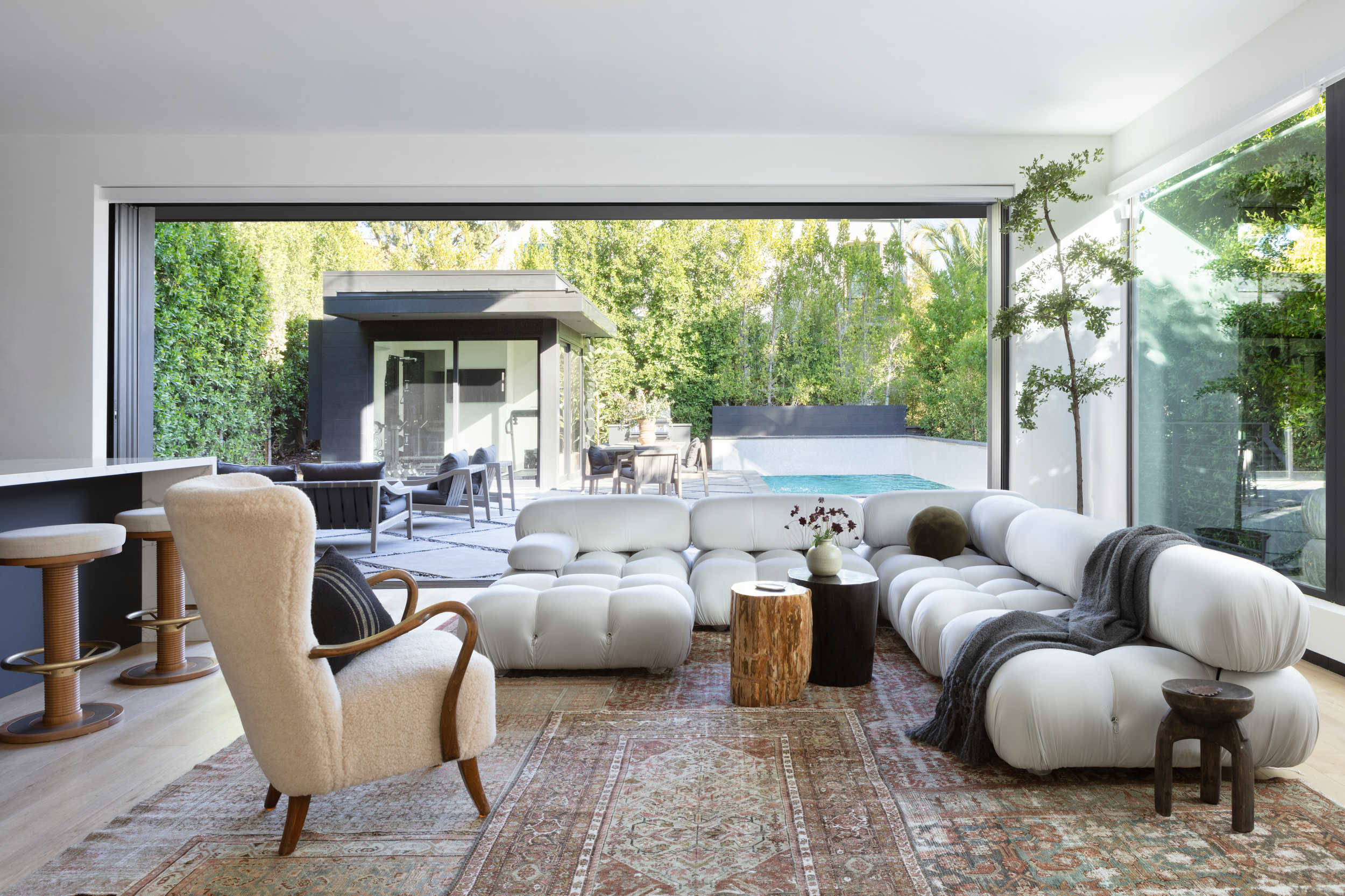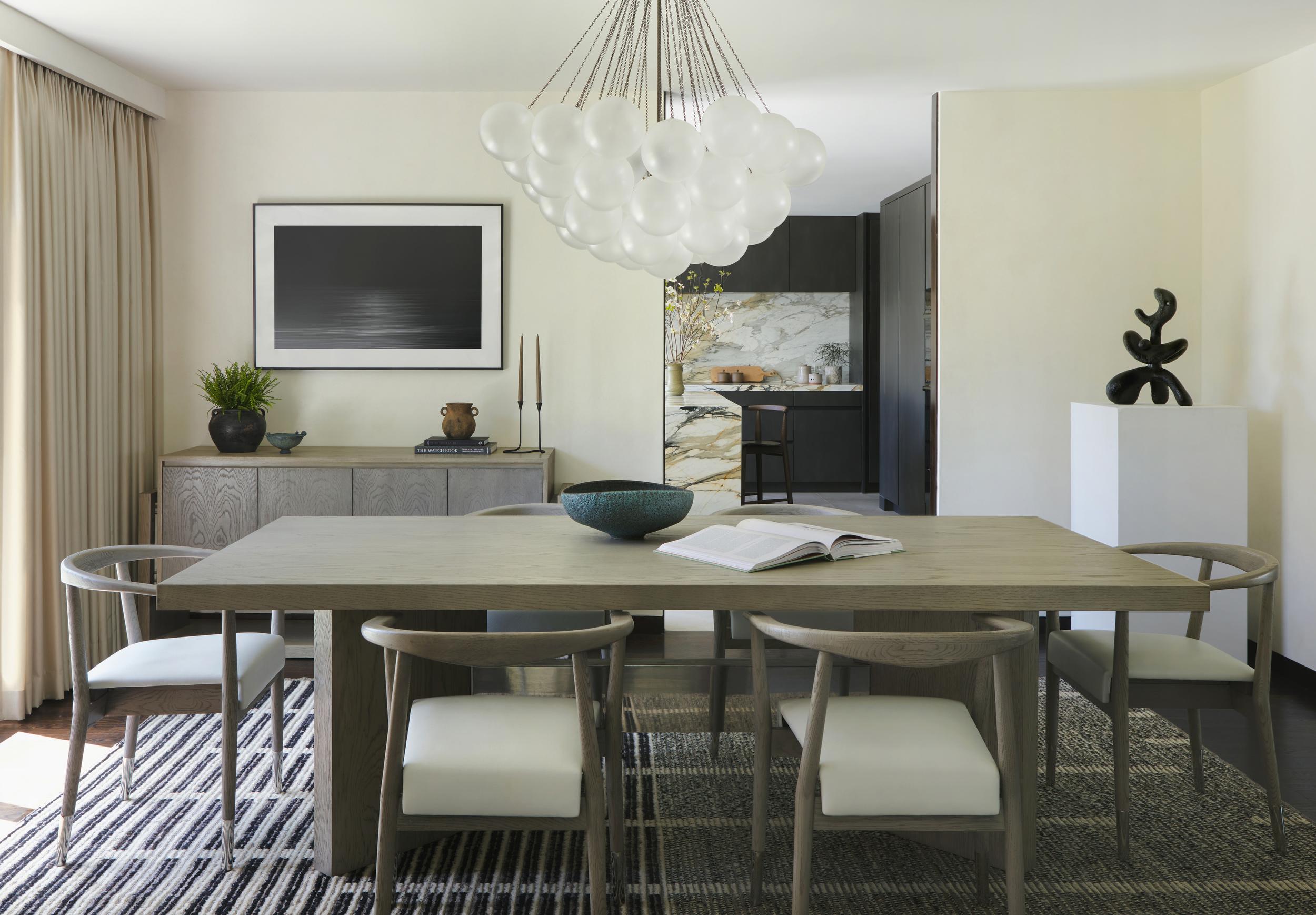
Styling your space like an interior designer is a much more approachable than you may think. You don’t have to be an expert with color schemes or understand every design trend in order to make your space look beautiful and luxurious. All you need is a little inspiration, some savvy curating skills, and these simple tips from yours truly. Though our projects are focused on the high end residential sector, the best practices all translate the same.
Styling Tip #1: Think about the User in Mind
When you style a space for someone else, it’s important to put yourself in the client’s position. This means knowing their style, understanding their needs, understanding their budget and lifestyle, understanding their goals and vision. If you’re not sure what your client wants, ask them. This will help you create a space that meets their needs and desires, while at the same time creating a more personalized feel to the home, adding in elements that they find sentimental.
Styling Tip #2: Mix and Match Styles
Mixing and matching styles is a great way to bring your space together. There is no one-size-fits-all rule for this, but here are some guidelines to follow:
- Look for similarities in the design elements of each piece of furniture or accessory. For example, if you have a Scandinavian-inspired sofa with minimalist lines and a bamboo side table that has clean lines, it would be best to pair them with other pieces that have similar characteristics (i.e., will look good together).
- Avoid contrasting styles altogether—this can make your space feel disjointed or messy by drawing too much attention to those inconsistencies. For example, don’t put an antique French dining chair next to an industrial metal desk because they won’t complement each other well.

Styling Tip #3: Invest in High Quality Pieces
It’s important to invest in quality, not quantity. If you buy cheap furniture that is poorly made, it won’t last very long and will be difficult to repair or even dispose of properly. Quality pieces can be passed down from generation to generation and will enhance the value of your home by adding character and personality. In addition, investing in high quality furniture means that you can feel confident about spending time at home—you know that your space is comfortable and welcoming for guests who come over regularly or just pop in for a quick visit. Some of the places we like to recommend our clients to shop at, if they are local to the LA area, is Nickey + Kehoe, A Beautiful Mess, Shoppe Amber Interiors, Maude Wood, Merchant, and CB2.
Styling Tip #4: Set the Scene
Set the mood in your space with lighting. Try using a lamp or chandelier to create focal points and make your place feel cozy, or use a pendant light to give off an ambient glow. You can also use lighting as a design element by choosing different bulbs for different rooms; for example, you might want to go for something more ornate like candelabra bulbs in your living room or traditional Edison bulbs in your kitchen. If you don’t have access to fancy lights at home, shop online—there are lots of modern fixtures available at affordable prices! If you have an apartment with no natural light coming through windows, invest in lamps that provide high wattage so they’ll brighten up any space (and save money on electricity costs).
When decorating with furniture pieces that have large surfaces such as tables or desks, consider using accent pillows or small decorations to help define them as separate entities within one larger room rather than just one big open space (for example: if there’s only one sofa but two chairs instead). This makes it easier for guests who visit often because they won’t get confused about which seat belongs where – plus it creates visual interest between each piece without overcrowding one area with too many items.

Styling Tip #5: Play with Layering Textures
Layering textures is another way to add visual interest. Different materials can be layered in the same room, or you can use different textures in different rooms.
For example, you could use a wood floor in your living area and then move over to a stone or brick wall for a dining space. Or consider using glass on your windows for one room, then fabric for another. The possibilities are endless!
Styling Tip #6: Use Accessories to Add Interest
There are many ways to add interest to your space, but one of the easiest is through accessories. Accessories can be expensive, but you can also find cheap ones at flea markets or thrift stores. They’re a great way to spruce up an otherwise ordinary space.

Styling Tip #7: Play with Scale
If you want to make your space look more balanced, consider using the same materials or colors in different sizes. I like to imagine objects like big geometry outlines. This then helps you see the space afar how much volume each piece takes up. I like to take a collection of the same books, and stack them, and that can allow the pieces to feel like one big mass. So think of different sizes! For example, this room features a large round table with small coffee tables on either side. These are all made from different materials but work together because they all have dark brown legs. This creates a cohesive look that ties together the small details of the space and makes it feel like one cohesive unit rather than different pieces—without being overwhelming.

As an interior designer, I’m constantly asked to help clients bring their style to life. Whether they’re looking to add some interest or create a space that reflects their personality and interests, it’s important that we work together to create the right look for them. In this blog post, I shared some of my best styling tips for beginners who want to learn how to style their space like an expert.
To read more of our design content, please visit our Journal Page.